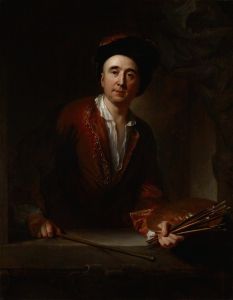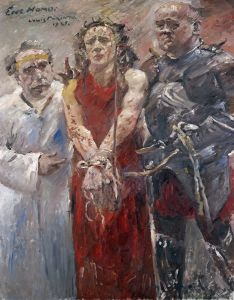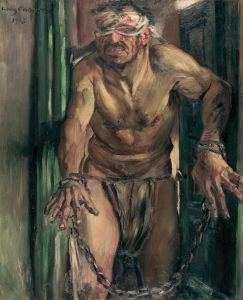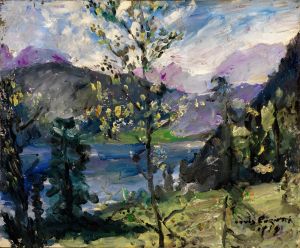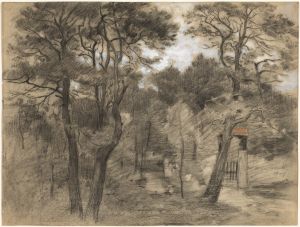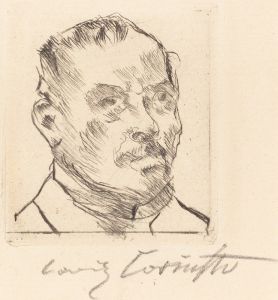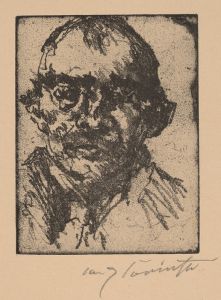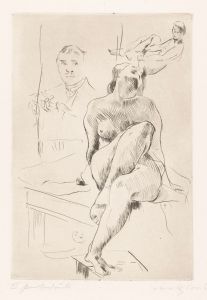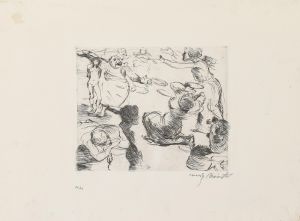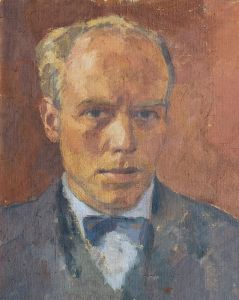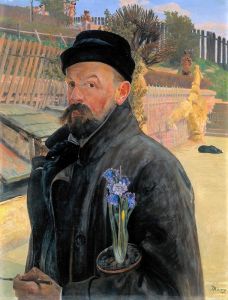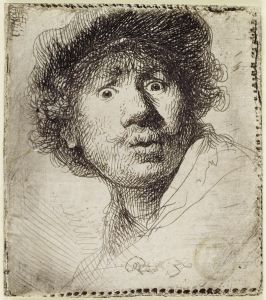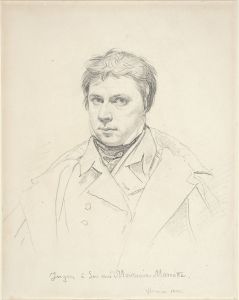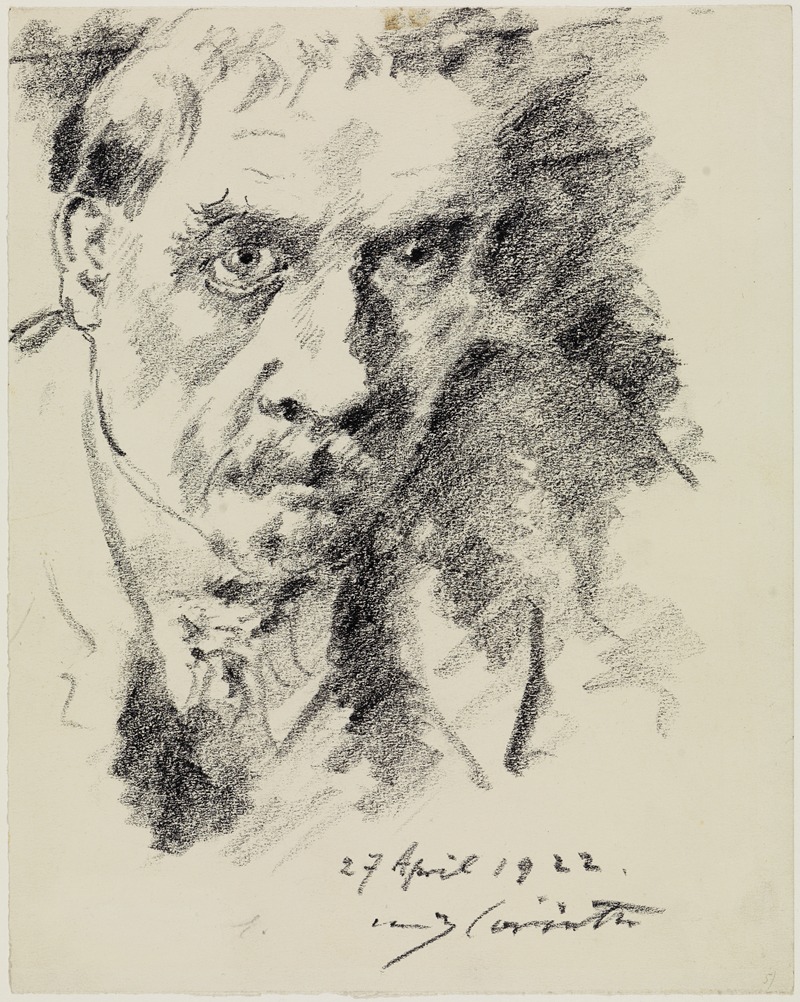
Selbstbildnis
A hand-painted replica of Lovis Corinth’s masterpiece Selbstbildnis, meticulously crafted by professional artists to capture the true essence of the original. Each piece is created with museum-quality canvas and rare mineral pigments, carefully painted by experienced artists with delicate brushstrokes and rich, layered colors to perfectly recreate the texture of the original artwork. Unlike machine-printed reproductions, this hand-painted version brings the painting to life, infused with the artist’s emotions and skill in every stroke. Whether for personal collection or home decoration, it instantly elevates the artistic atmosphere of any space.
Lovis Corinth was a German painter and printmaker whose work is associated with the transition from Impressionism to Expressionism in German art. One of his notable works is "Selbstbildnis," which translates to "Self-Portrait" in English. Corinth created numerous self-portraits throughout his career, each reflecting different stages of his life and artistic development.
Born on July 21, 1858, in Tapiau, East Prussia (now Gvardeysk, Russia), Corinth studied art in Königsberg, Munich, and Paris. His early work was influenced by the academic traditions of the time, but he soon embraced the Impressionist style, characterized by loose brushwork and a focus on light and color. Corinth's self-portraits are significant as they offer insight into his evolving style and personal life.
"Selbstbildnis" by Lovis Corinth is one of his many self-portraits, and it exemplifies his mature style, which combines elements of Impressionism with the emotional intensity of Expressionism. Corinth's self-portraits are known for their psychological depth and technical skill, often capturing the artist's introspective and sometimes turbulent nature.
In his self-portraits, Corinth frequently explored themes of identity, aging, and mortality. These works often reveal a candid and sometimes unflattering view of himself, showcasing his willingness to confront his own vulnerabilities. His brushwork in these portraits is typically vigorous and expressive, reflecting his dynamic approach to painting.
Corinth's career was marked by significant personal challenges, including a stroke in 1911 that left him partially paralyzed. Despite this setback, he continued to paint and even adapted his style to accommodate his physical limitations. His later self-portraits, created after his stroke, often convey a sense of resilience and introspection, as he grappled with the effects of aging and illness.
Throughout his life, Corinth was an influential figure in the German art scene. He was a member of the Berlin Secession, a group of artists who sought to challenge the conservative art establishment in Germany. His work was widely exhibited, and he gained recognition as a leading artist of his time.
Lovis Corinth passed away on July 17, 1925, in Zandvoort, Netherlands. His legacy endures through his extensive body of work, which includes portraits, landscapes, and historical scenes, in addition to his self-portraits. Corinth's art is celebrated for its emotional depth, technical mastery, and its role in bridging the gap between Impressionism and Expressionism.
"Selbstbildnis" remains an important part of Corinth's oeuvre, offering a window into the artist's soul and his journey through the complexities of life and art. His self-portraits continue to be studied and admired for their honesty, intensity, and the unique perspective they provide on the artist's inner world.





